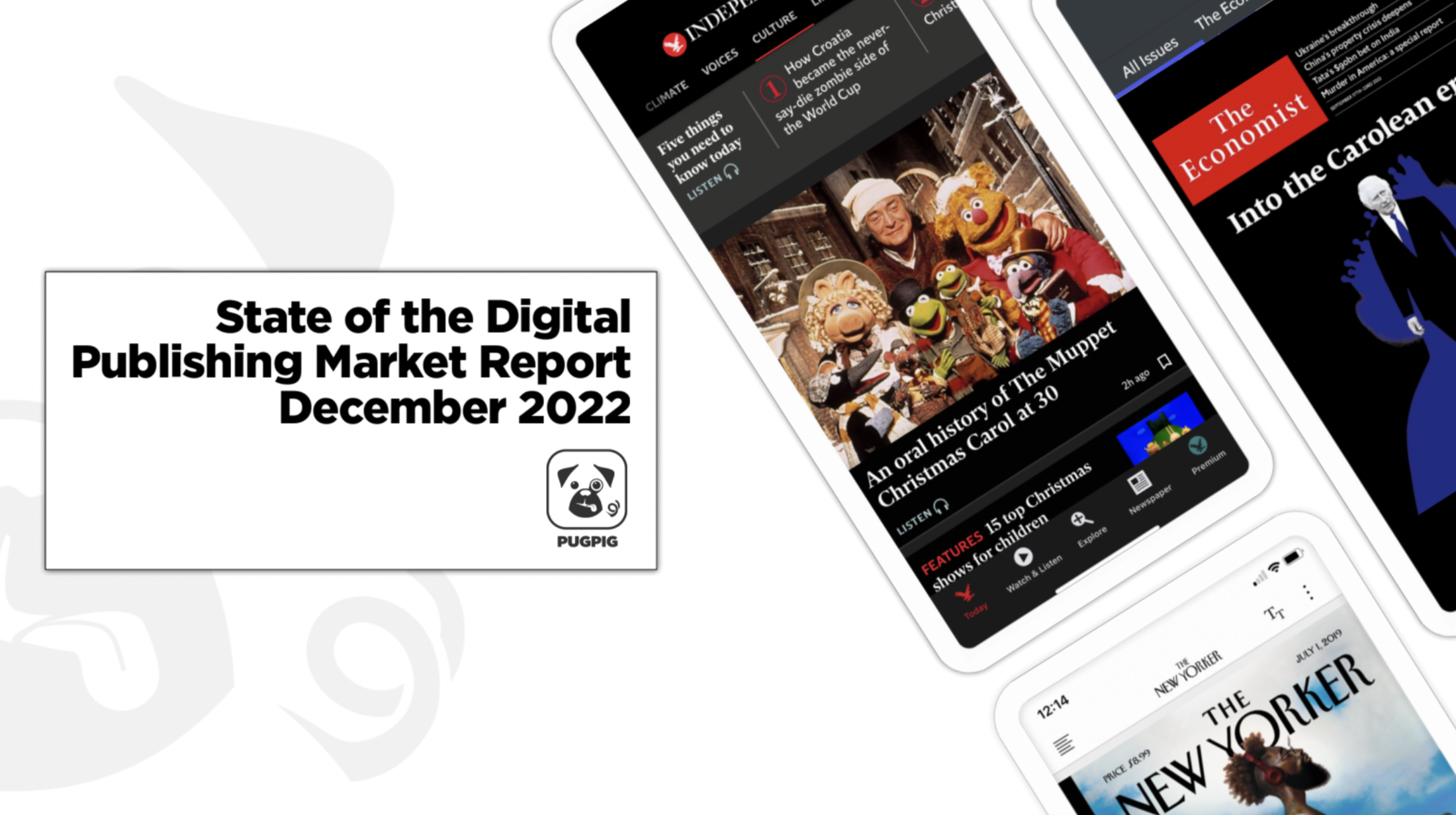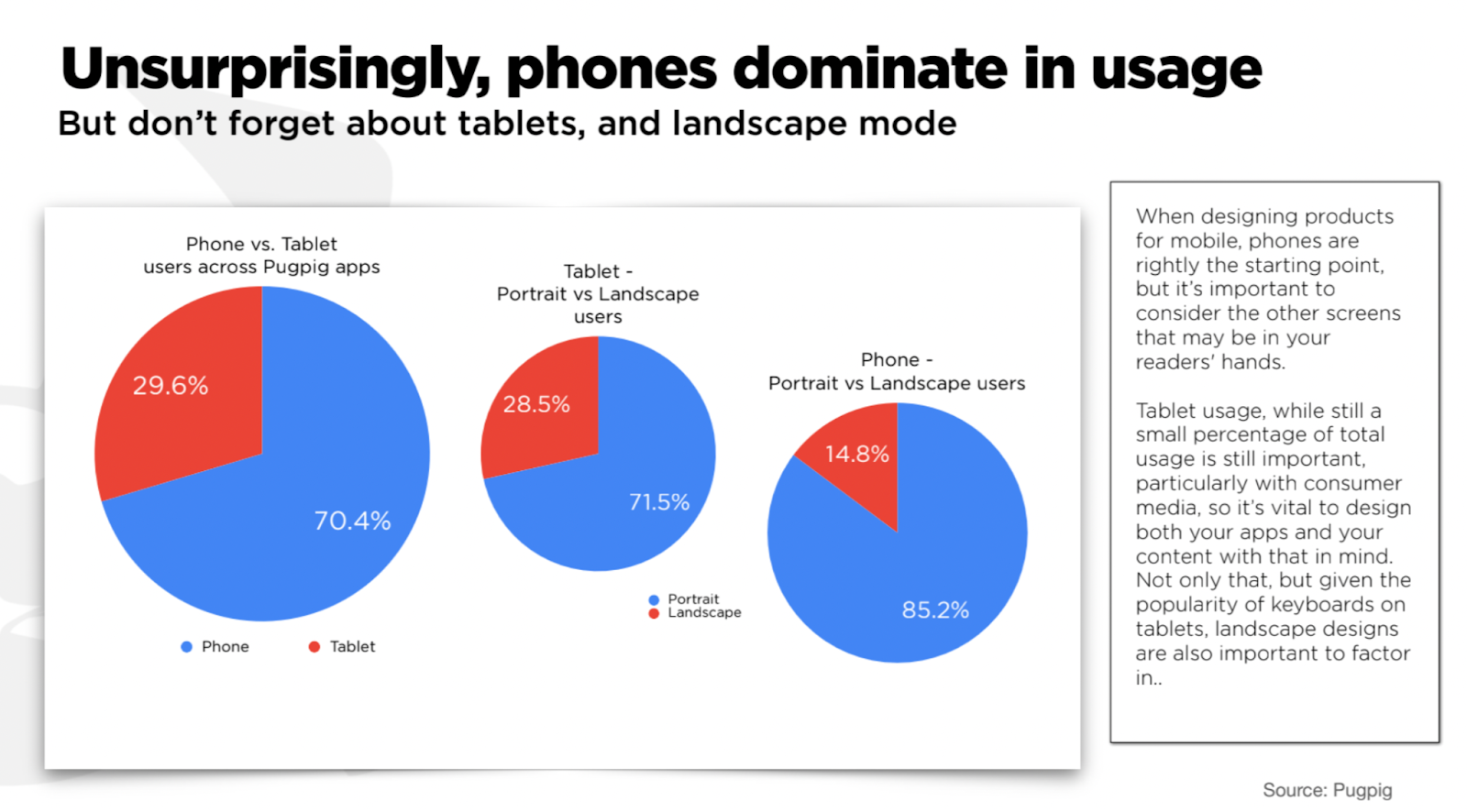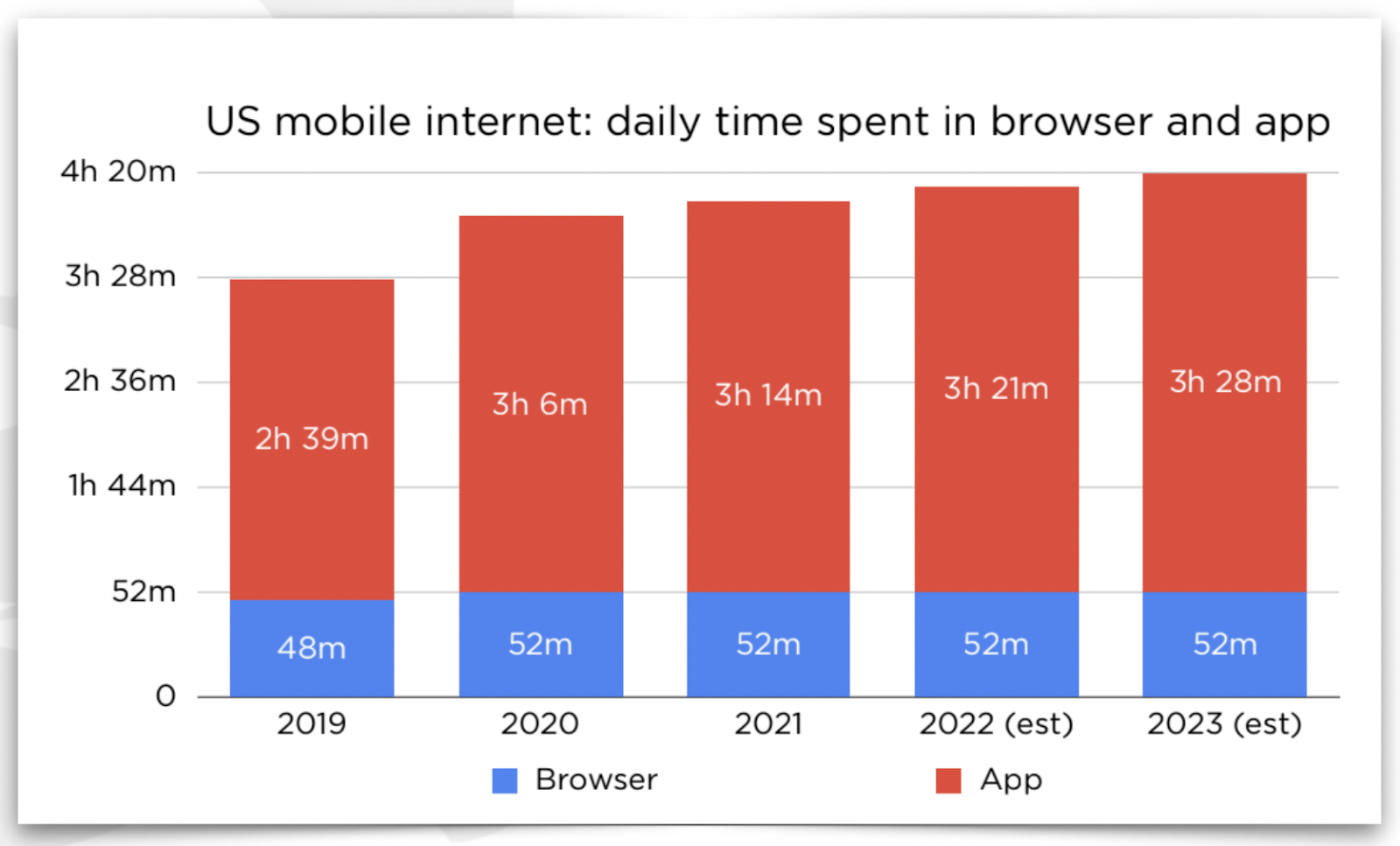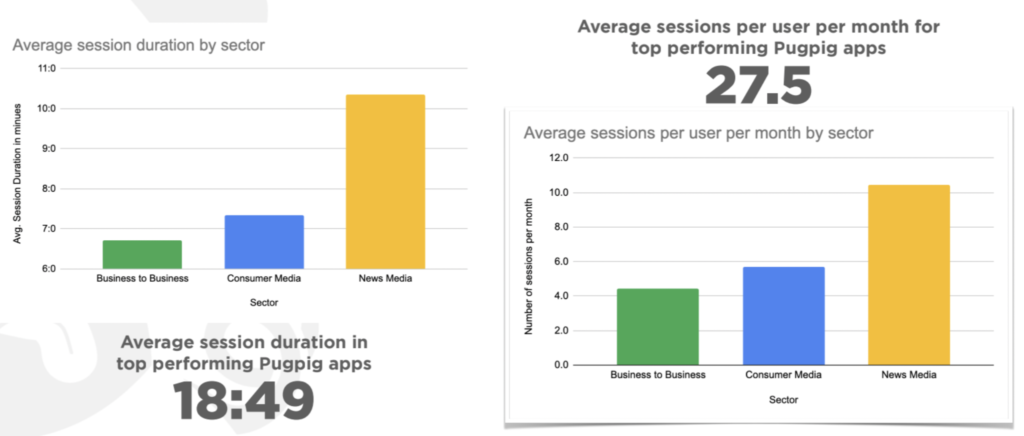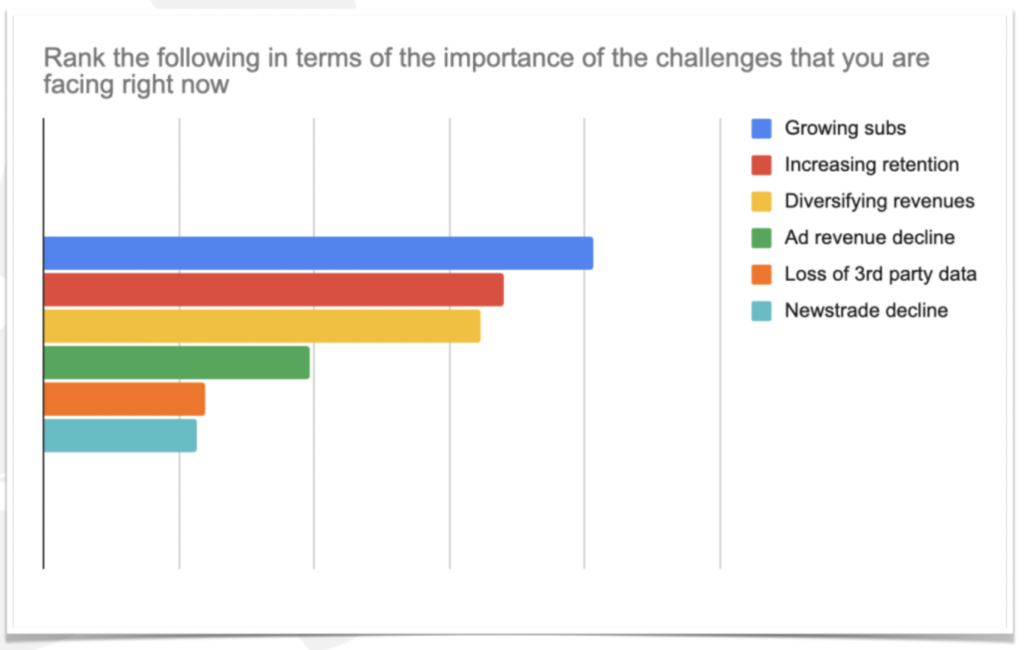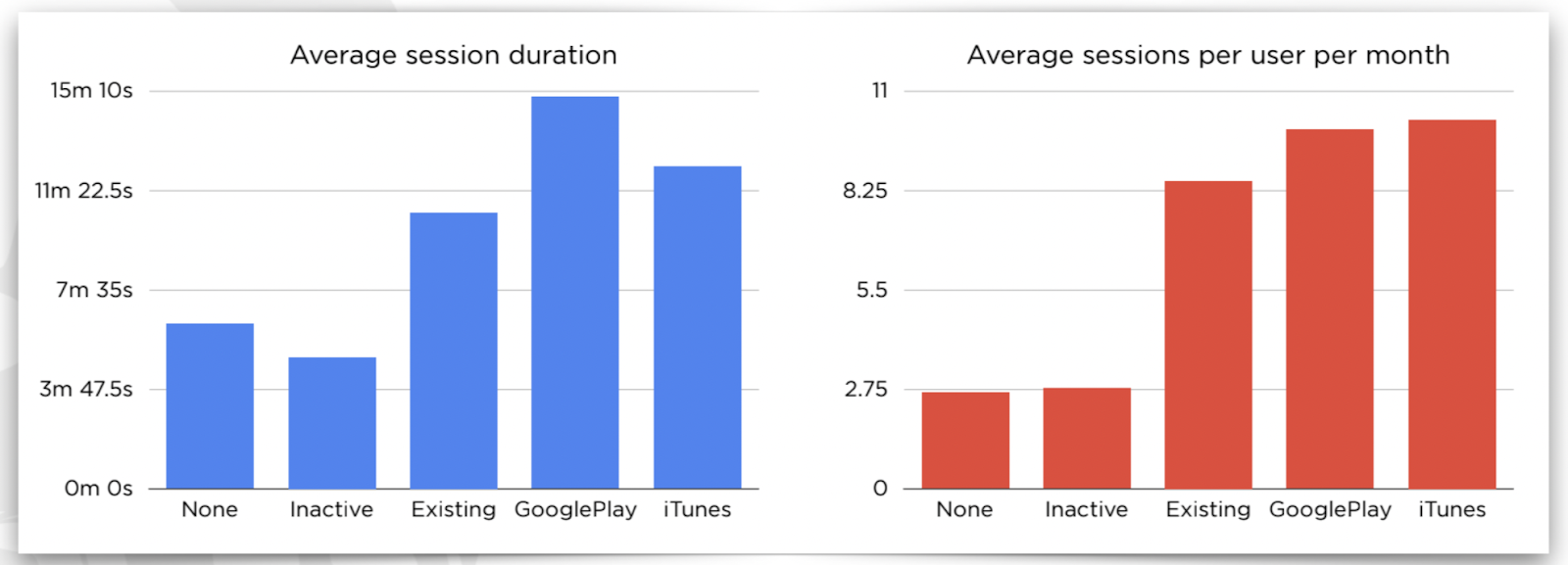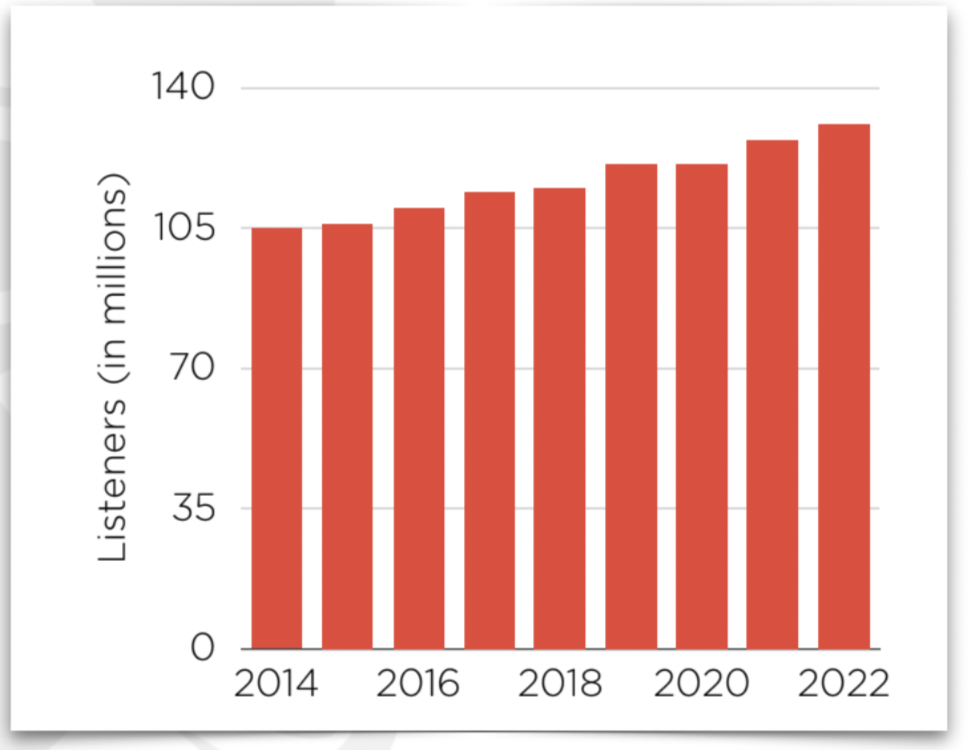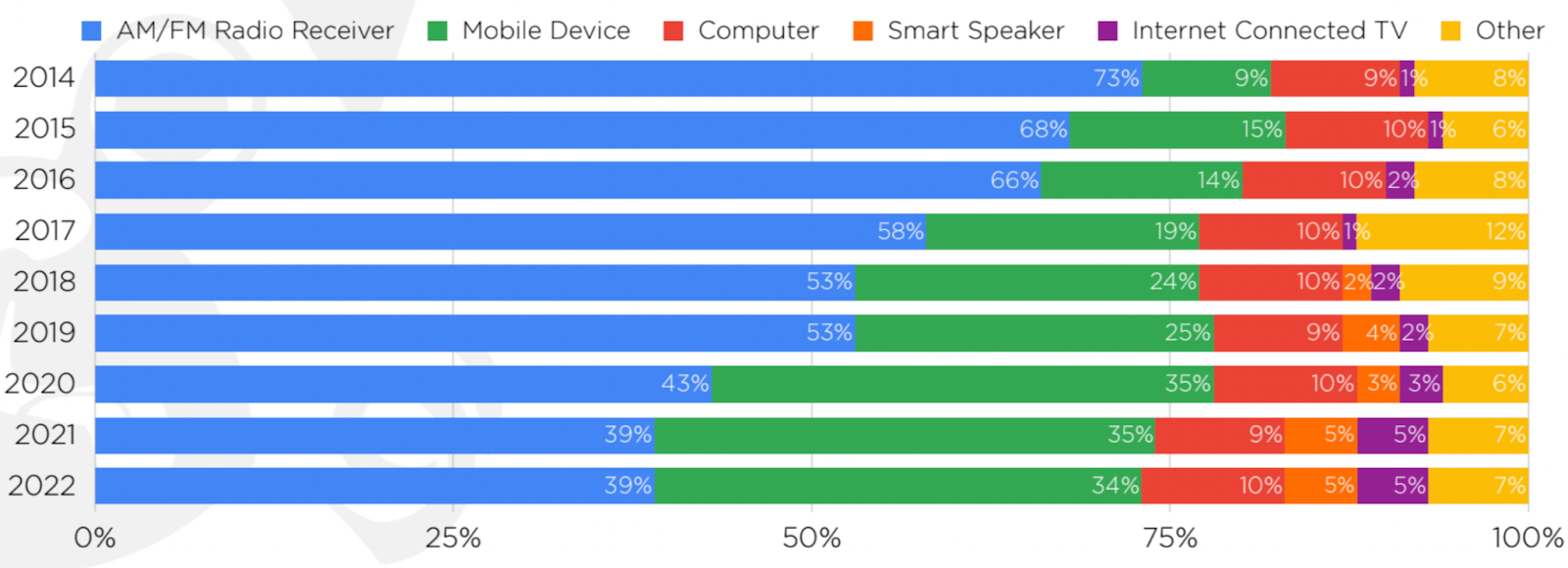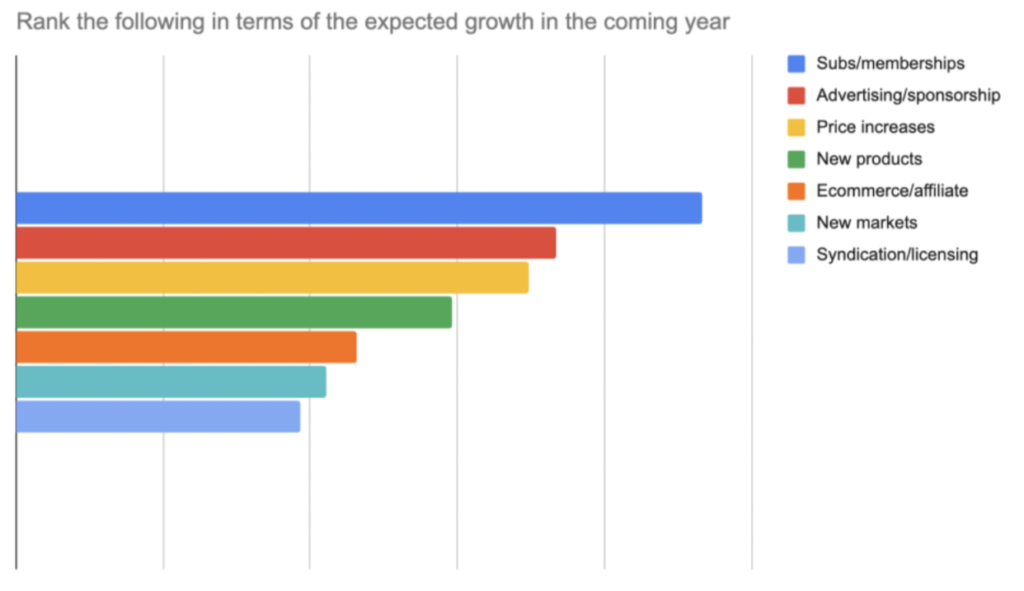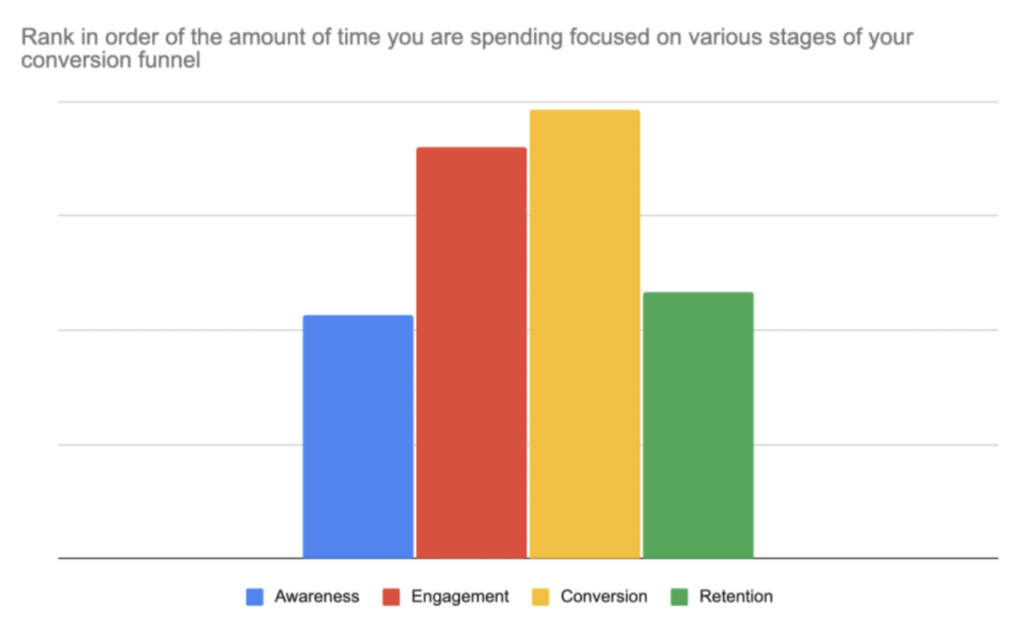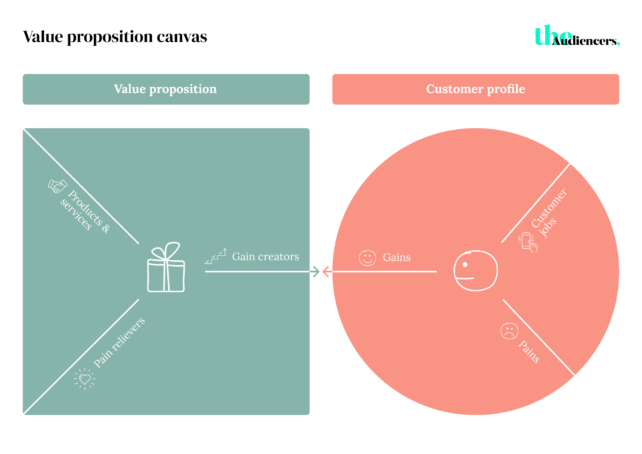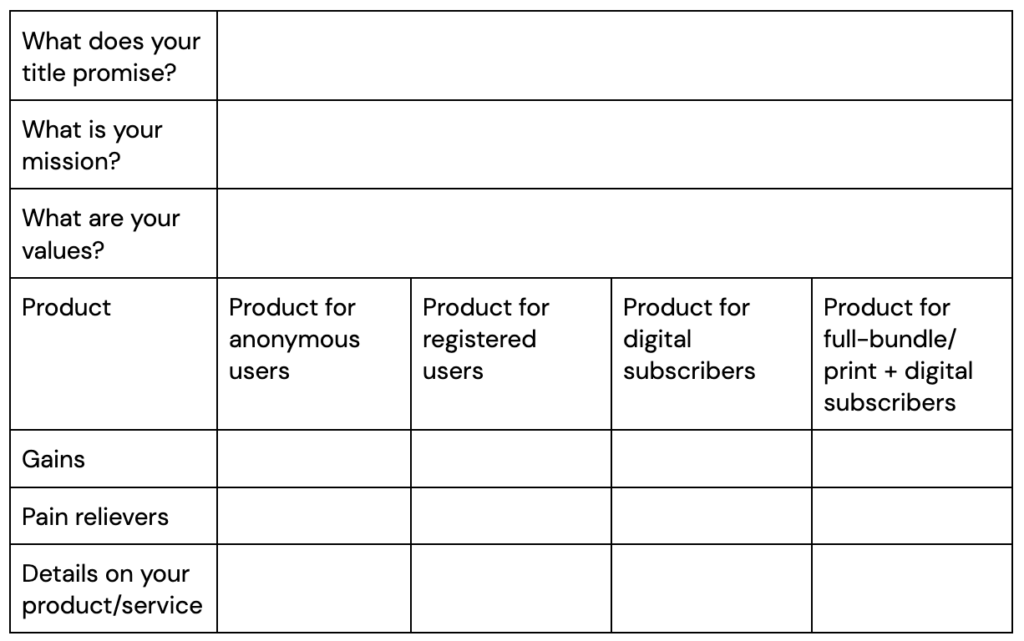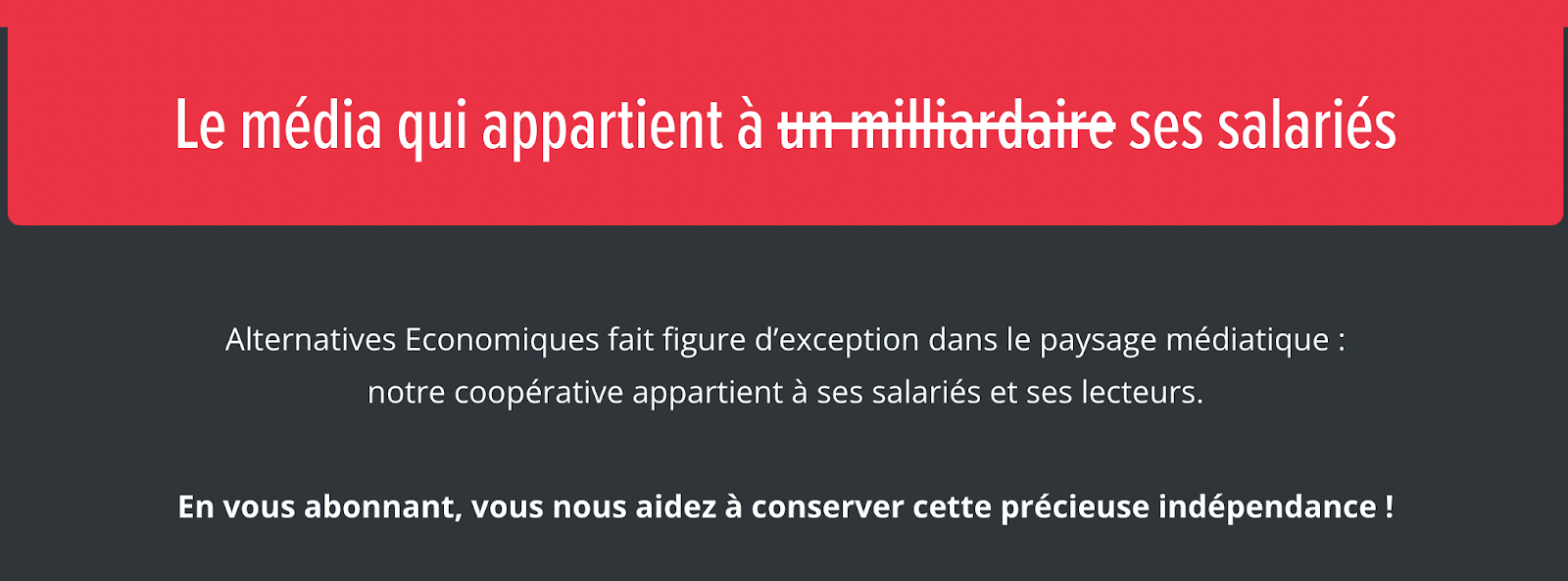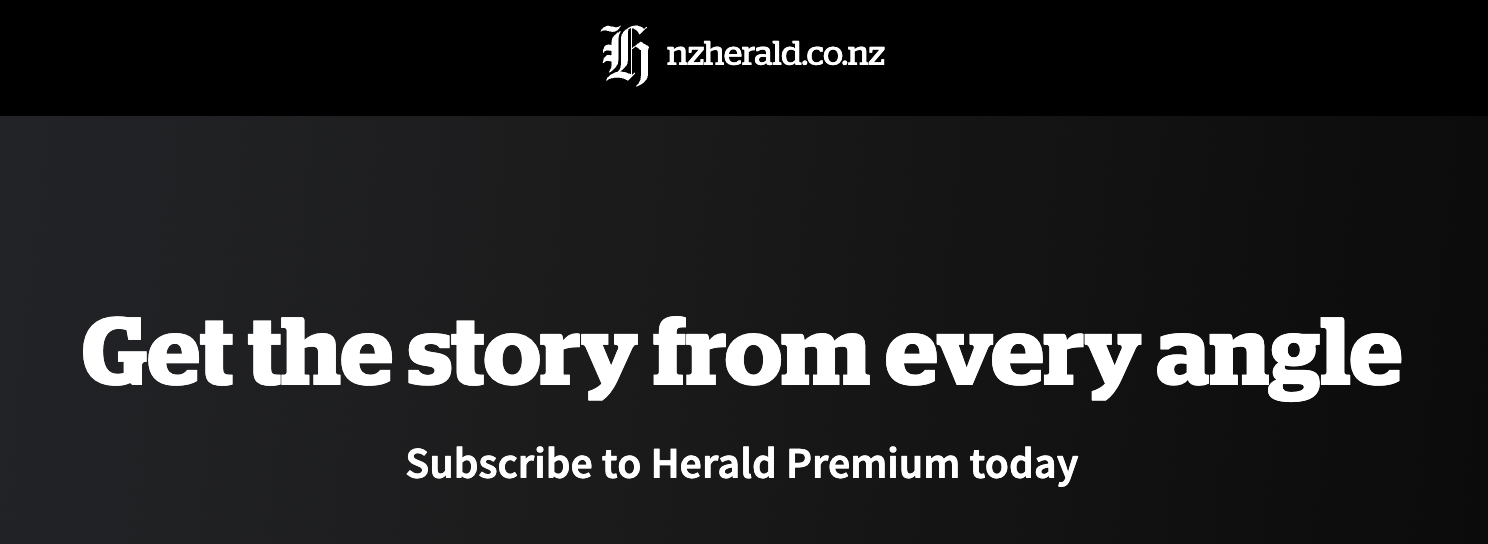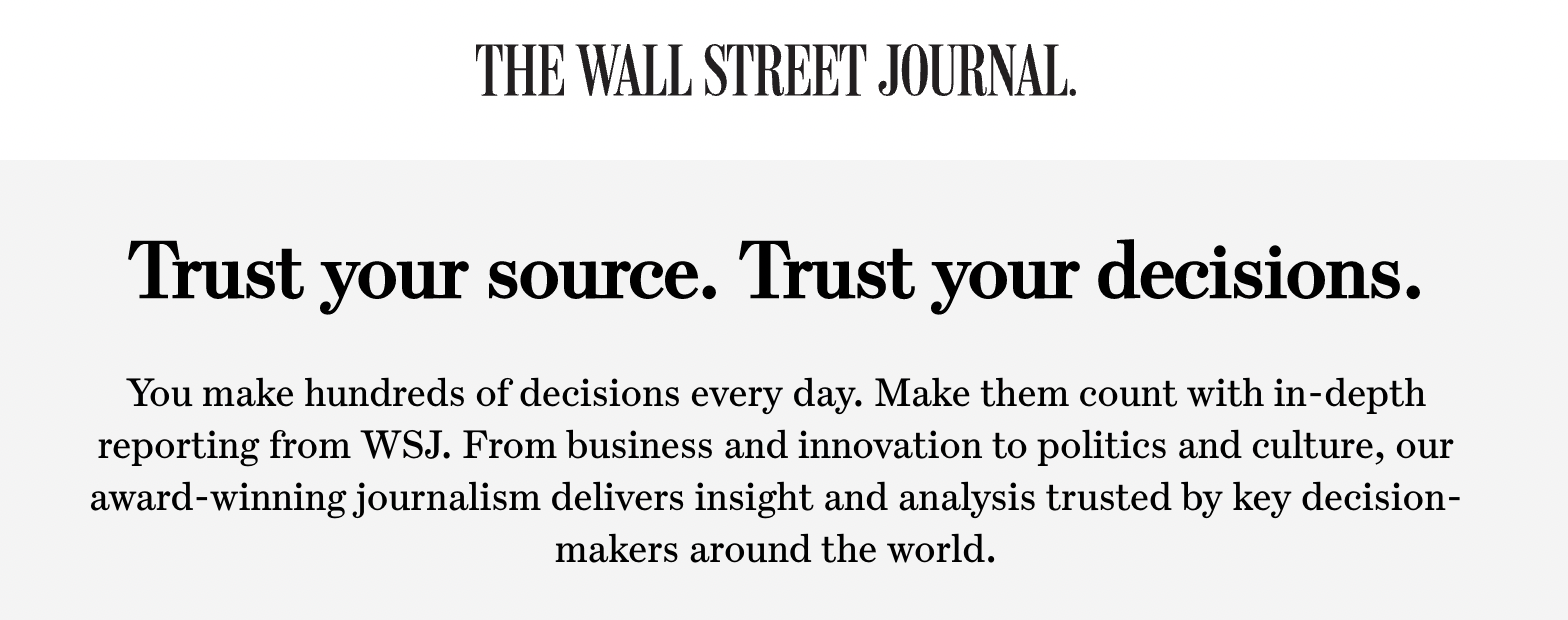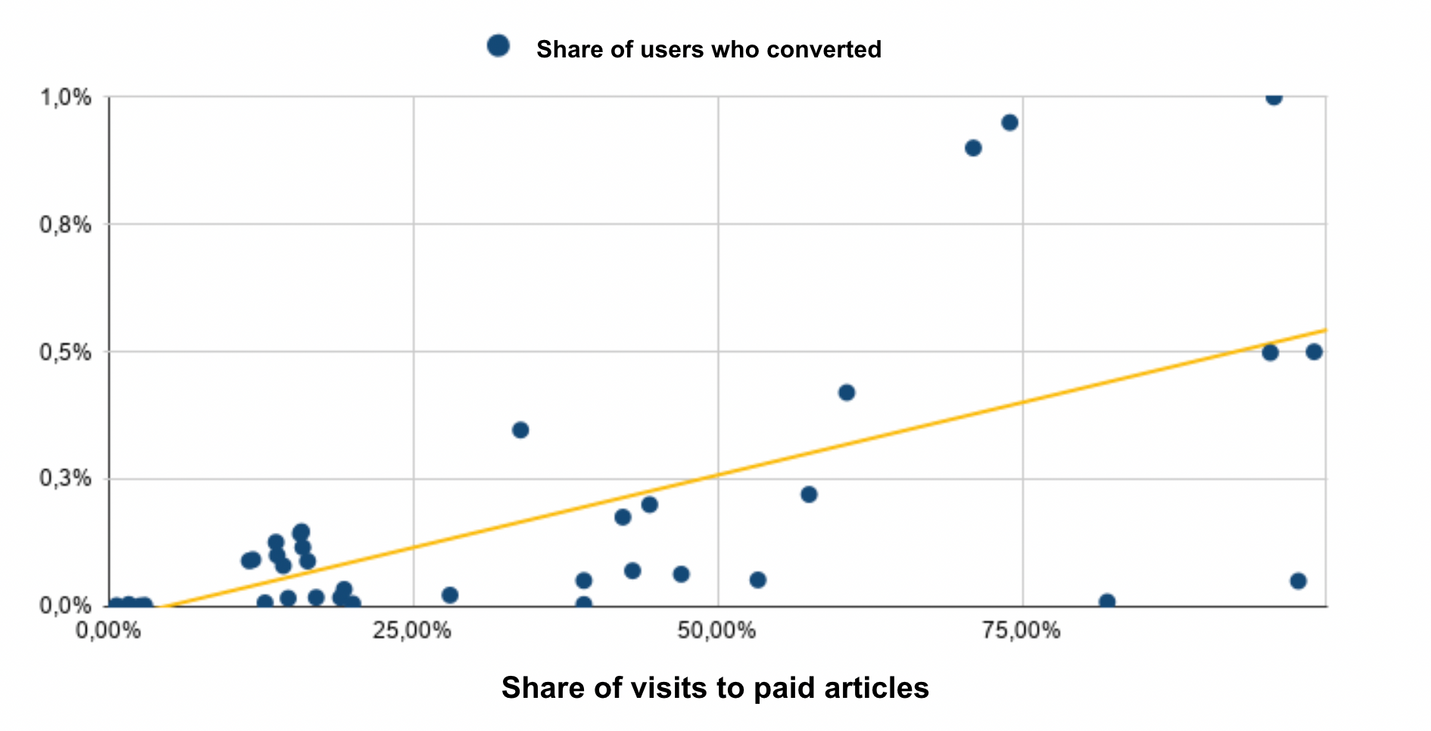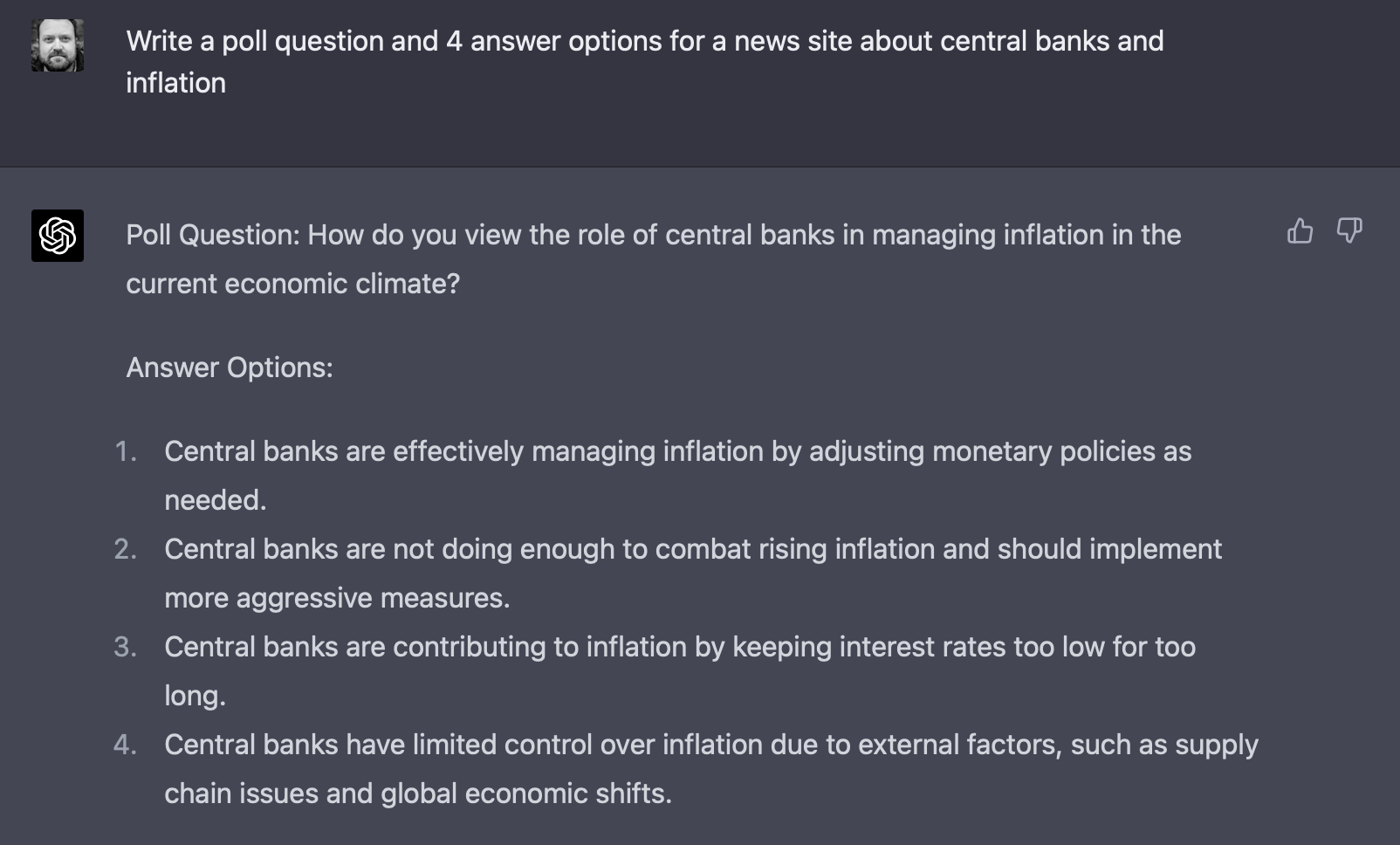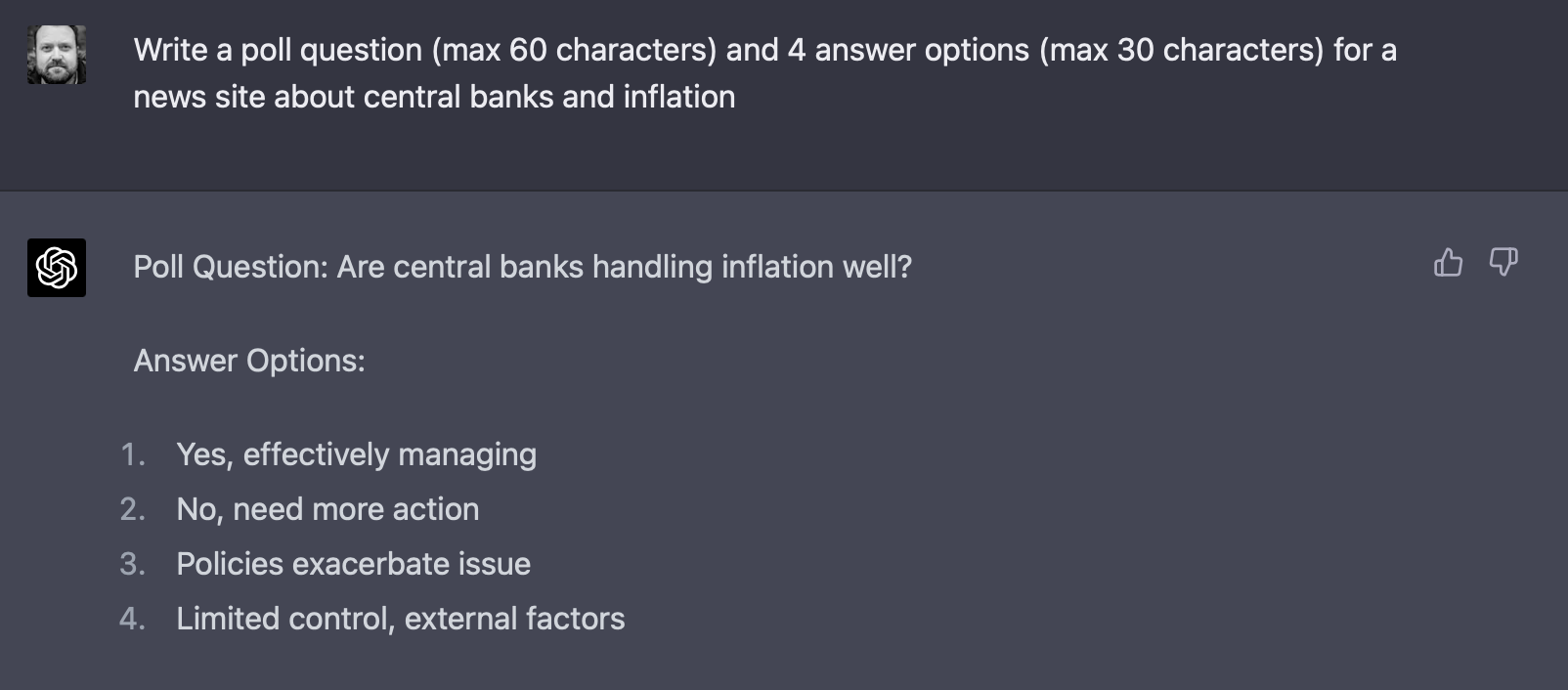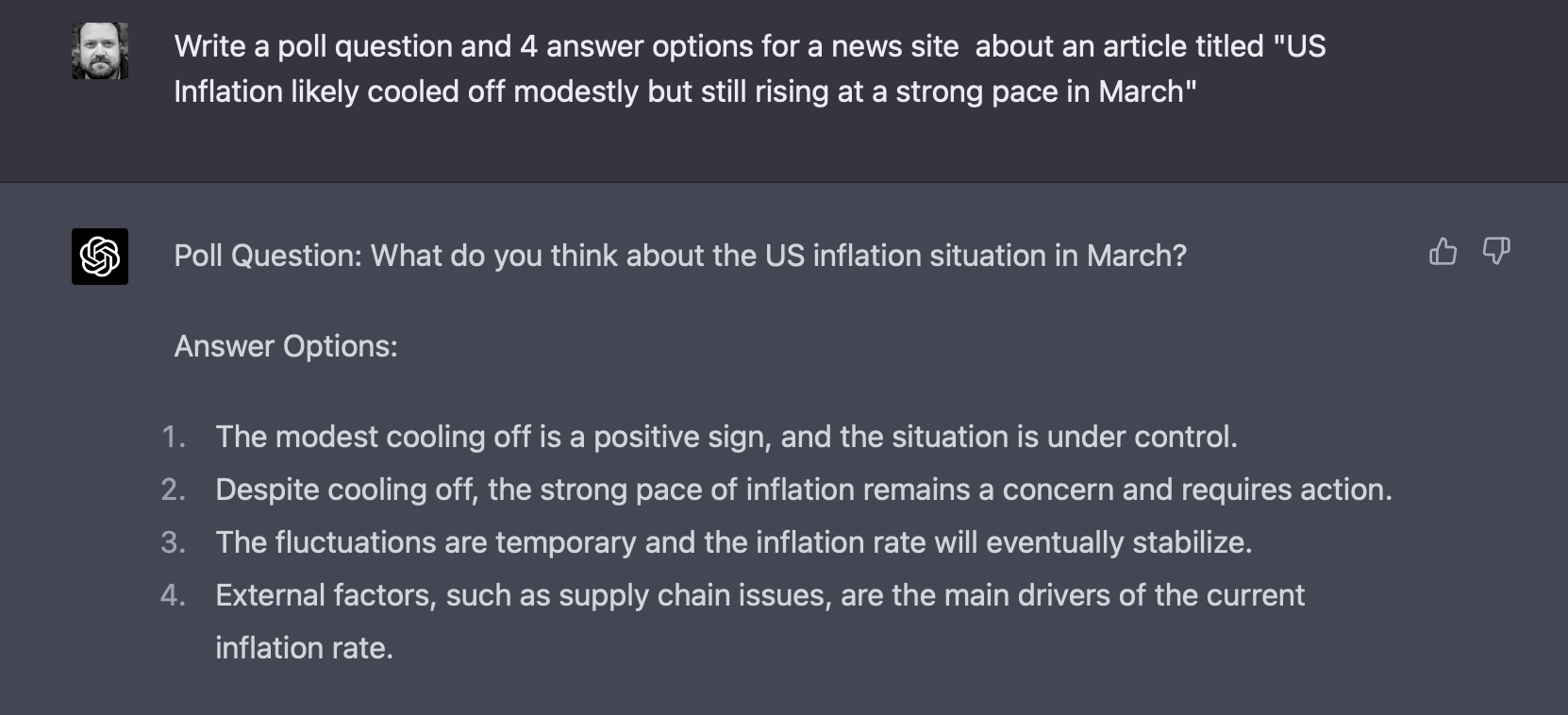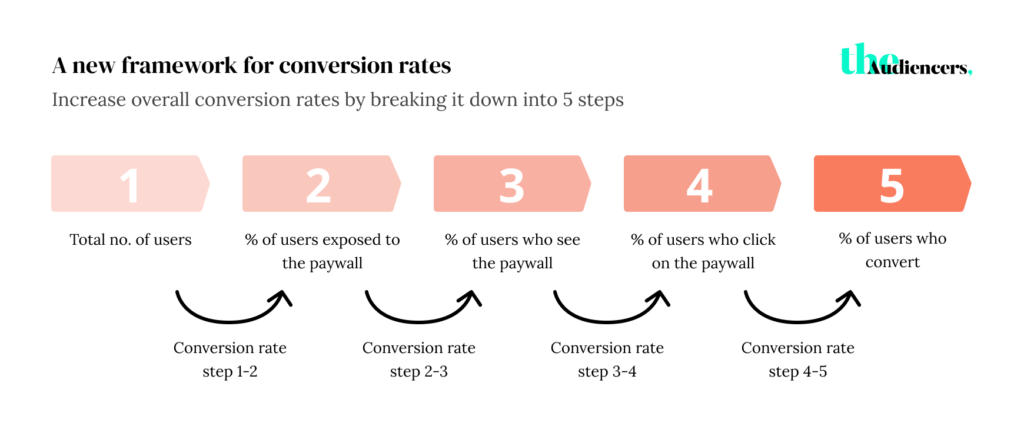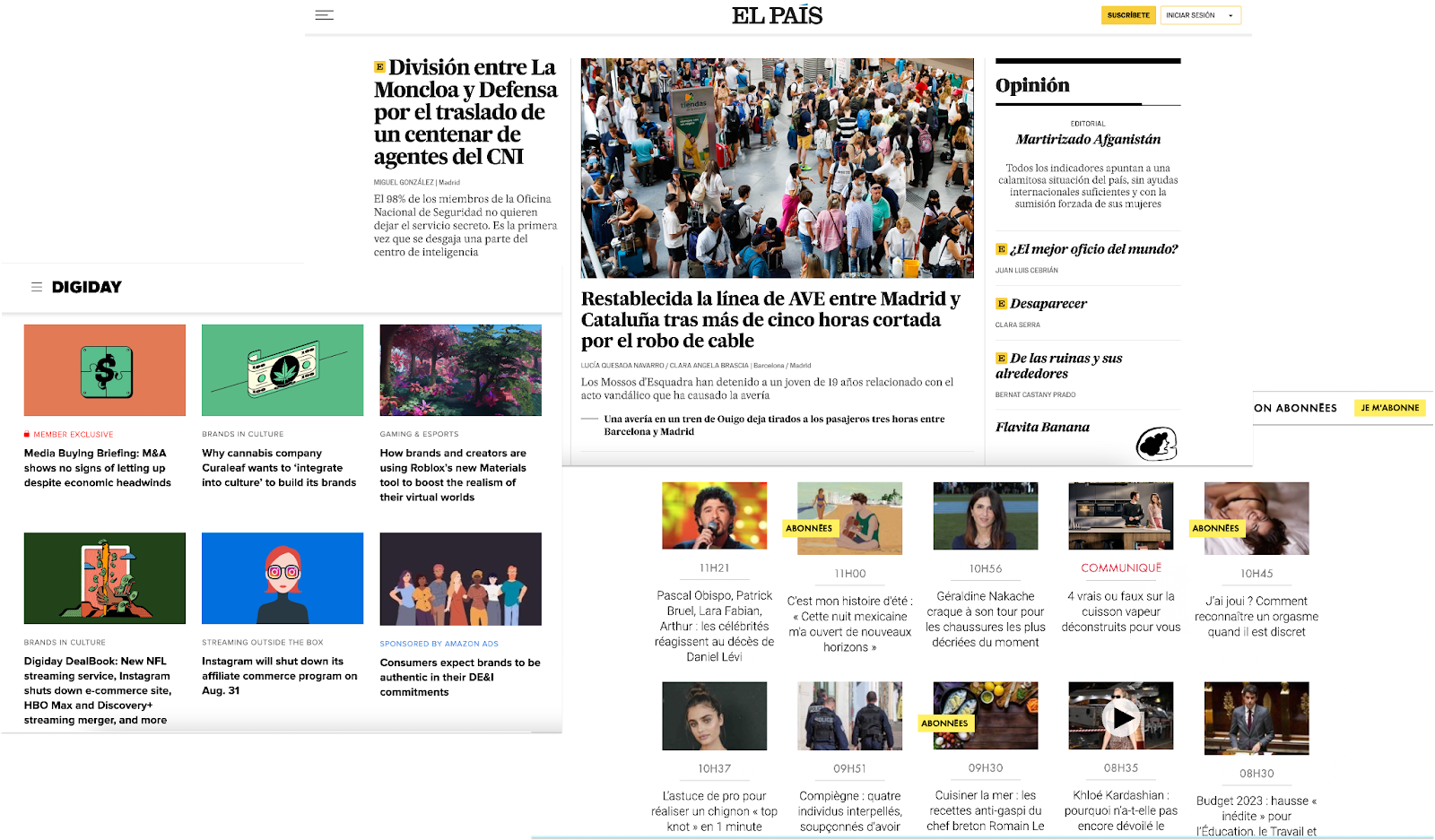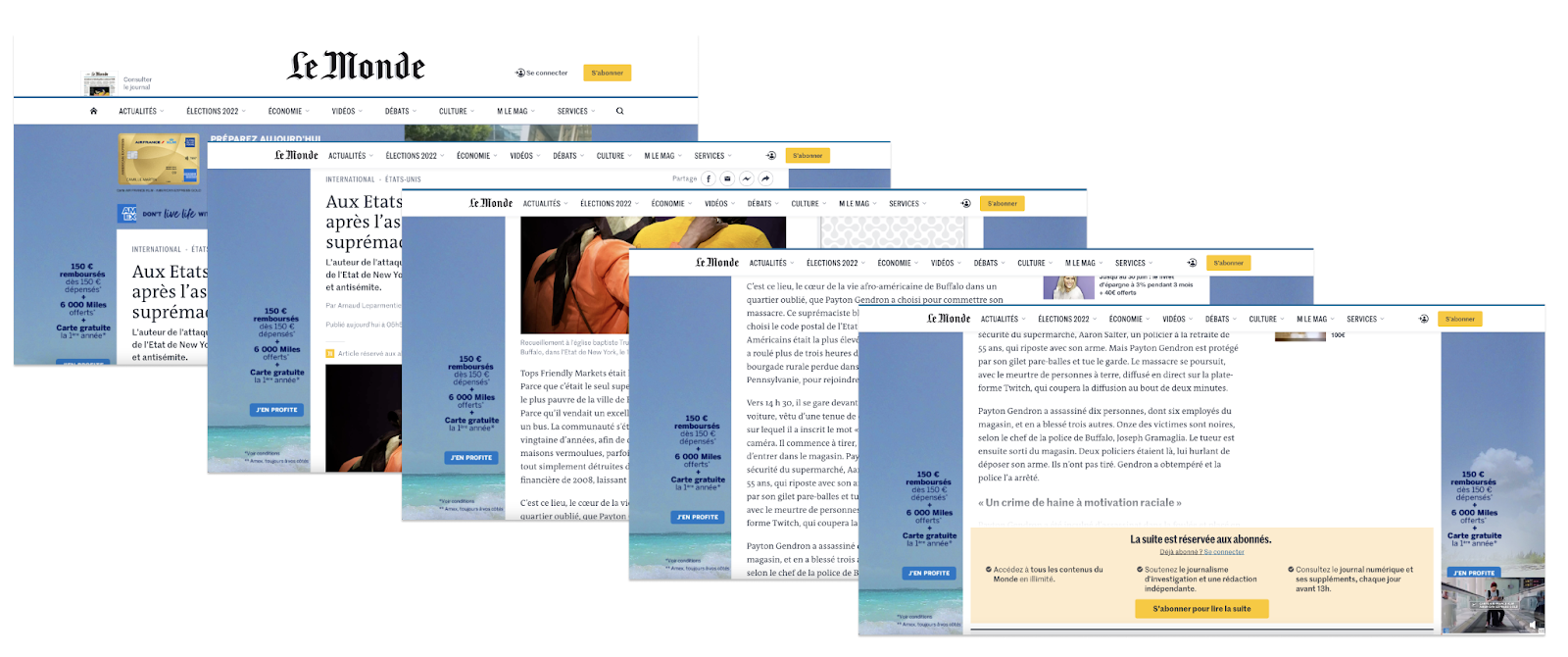After a frantic couple of years, when reader revenue seemed to be the only game in town, 2022 threatened a subscriptions shakeout. As markets from heated seats to tacos introduced monthly payment offers, the threat of market saturation became very real. And with the cost of living crisis kicking in, concerns have been growing that consumers are starting to consider just which subscriptions they really need.
Early in the year, Amanda Mull suggested in the Atlantic that we had reached peak subscription. And as if anticipating her analysis, the number of UK homes that had at least one paid-for streaming service fell by 215,000 in the first quarter, the end of a 10-year growth period among popular subscription services. Underlining the trend, Netflix alone lost 1 million subscribers in the second quarter of the year, although they did return to growth in the latter half of the year.
INMA’s Subscription Benchmarking Service reported a spike in subscription cancellations. The past few quarters have seen cancellations go up 34% compared to Q1 of 2021. Recent research from Toolkits and National Research Group showed that almost 30% of consumers polled plan to reduce the number of online
subscriptions they hold.
Toolkits’ Jack Marshall acknowledged the likelihood of a downturn back in May, especially in the face of the ‘belt-tightening’ economic conditions inevitably bring. But he said this wasn’t a sign of any fundamental problem with the subscription model.
“More than anything, publishers just need to be honest with themselves about whether they really have the content and products to support subscription models sustainably in the long term.”
Focus on value
Even as some publishers are seeing cancellations, others continue to enjoy growth. AOP members reported digital subscriptions growth at almost 15% between June 2021 and June 2022.
A select few have reported record performances, with quality content and trusted brands the designated driver. Having reached more than 9 million subscribers, New York Times president and CEO Meredith Kopit Levien said its success was down to publishing the best content possible.
The Economist posted its most profitable year since 2016 on the back of 1.2 million subscribers and total subscription revenues accounting for more than 60% of its revenues. Referencing Russia’s invasion of Ukraine and inflation at its highest rate for a generation, editor-in-chief Zanny Minton Beddoes described The Economist’s content as delivering “timely, mind-stretching analysis to subscribers, helping them to make sense of the world.”
The Times signed up an average of 1,000 new digital subscribers every day over the first two weeks of Russia’s attack. Times head of digital Edward Roussel told Press Gazette: “The trend that we’re seeing is that in moments of crisis, whether it’s the onset of coronavirus or Brexit, you see this shift towards trusted brands.” The two-year old sports and culture website Defector earns 95% of its revenue from subscriptions. This year, it boosted its sub‐
scriber acquisitions by making its Normal Gossip podcast – one of Nick Quah’s best podcasts of the year – paid. Building on the unique positioning of the sports rumors show, Defector saw its biggest one-week subscriber increase in a year.
AOP reported a 14.9% growth in subscriptions revenue this year
Looking ahead
Anthony Ribeiro, audience conversion consultant at Membership and Subscription Suite Poool, said success is often down to the value proposition. This applies to both subscriptions and registration walls, as he noted:
“There’s a lack of unique value being offered in exchange for registration; there needs to be something they can’t get elsewhere, just like with subscriptions. It’s really a matter of the proposition and the value you can offer. How are you different from the competition?”
Anthony Ribeiro, Audience Conversion Consultant at Poool
Seeing that subscription revenues alone might not be enough, one time ‘all-ads-are-bad’ content providers, from Netflix to The Athletic, are introducing advertising to bolster their earnings. There is even a growing consensus that, post cookies, subscription publishers will be in a better position to offer advertisers premium spots using the first-party data gathered from subscribers and registered users.
And in a market under pressure, evolution is key to the continued success of the subscription model. The bundle, embraced by the New York Times, is one way that publishers can increase value to paying audiences and increase subscriber value. With growth no longer primarily in subscriptions to news alone, the NYT is pushing an all-access offer that brings together games and cooking content with audio, exclusive newsletters, product reviews on Wirecutter and sports coverage from The Athletic.
While few publishers can afford to stump up $550 million for a brand like the Athletic or even the ‘low seven figures’ paid for Wordle, they can focus on super serving their most engaged audience members. At WAN-IFRA’s World News Media Congress this year, Héctor Aranda, CEO of Argentina’s Clarin, said his company gets 70% of its subscription revenue from less than 2% of its total audience.
The bottom line is that publishers looking to keep growing their reader revenues must get better at targeting their messaging, pricing and content offering to convince cash-strapped audiences that their subscription is the one worth keeping.
14% of digital news users in the US think that they will have more media subscriptions in the next year. Another 14% believe they will have fewer.
Case study: Quartz drops its paywall
Just as everyone else was trying to figure out how to gate their content, Quartz tore down its paywall18. The plan shifted from a fairly strict content lockdown to the bulk of the business site’s content being available for free.
You could be forgiven for thinking that the pivot was an admission that Quartz’s beleaguered membership offering had failed.
The four-year old program attracted just 10,000 subscribers in its first year and even after a post-management buyout plea in 2021 spiked sign ups, it was still under 30,000. Low numbers are undoubtedly a factor in the shift – no one ever tries to fix a media model that isn’t broken. But there was also another, more interesting rationale at play. CEO Zach Seward explained:
“We found that 75% of Quartz members read us primarily through email, so we’ve been putting more of our best stuff directly in their inboxes.”
The new email-first membership scheme will see paying customers get four ‘premium’ emails a week. The problems for Quartz have been blamed on its ‘mushy middle’ positioning, described by Digiday as “not quite niche
enough to be essential to a small group of readers, but not quite big enough to compete at scale”. But Seward said the problem was converting drive-by site visitors into subscribers.
“The part that hasn’t worked well is when a reader coming from Google hits our paywall, wants to read the article, but has no intent to remain a member. That has not produced enough value for Quartz or our readers to justify the downsides of the paywall in terms of reaching more people with our great journalism.”
Contrast that with the success Quartz has seen in converting loyal email readers to paying members and the move might just make sense.
This is an extract from the Media Moments 2022 report, downloadable in full via the form below below.




